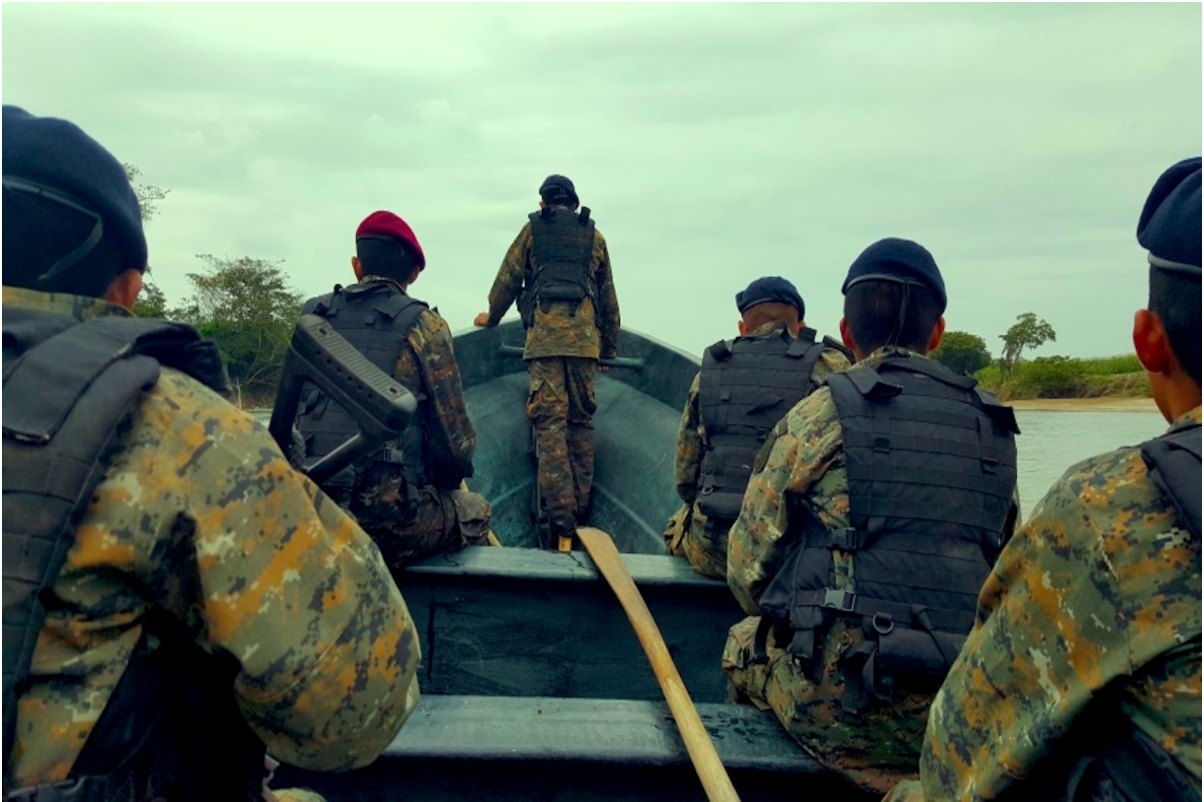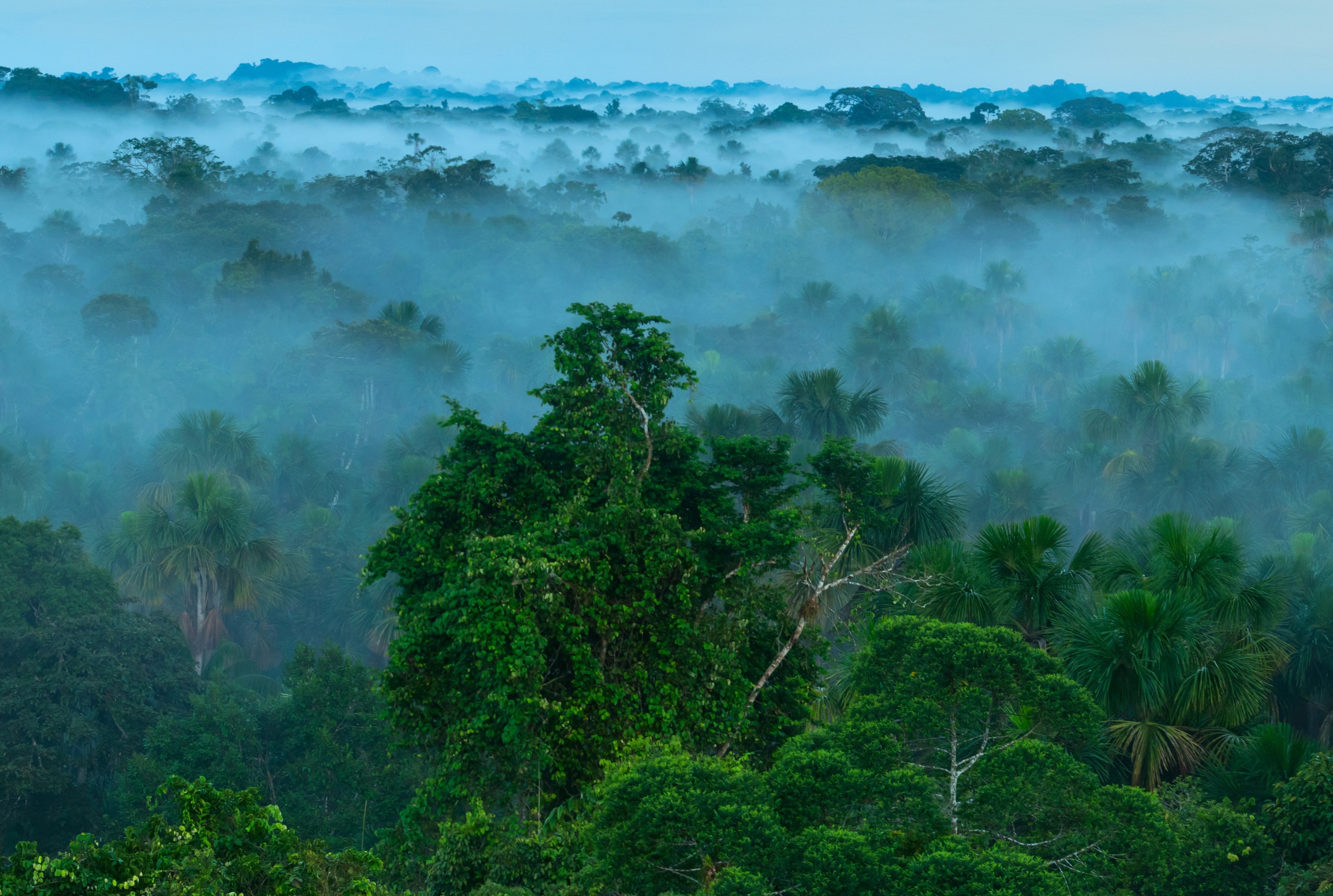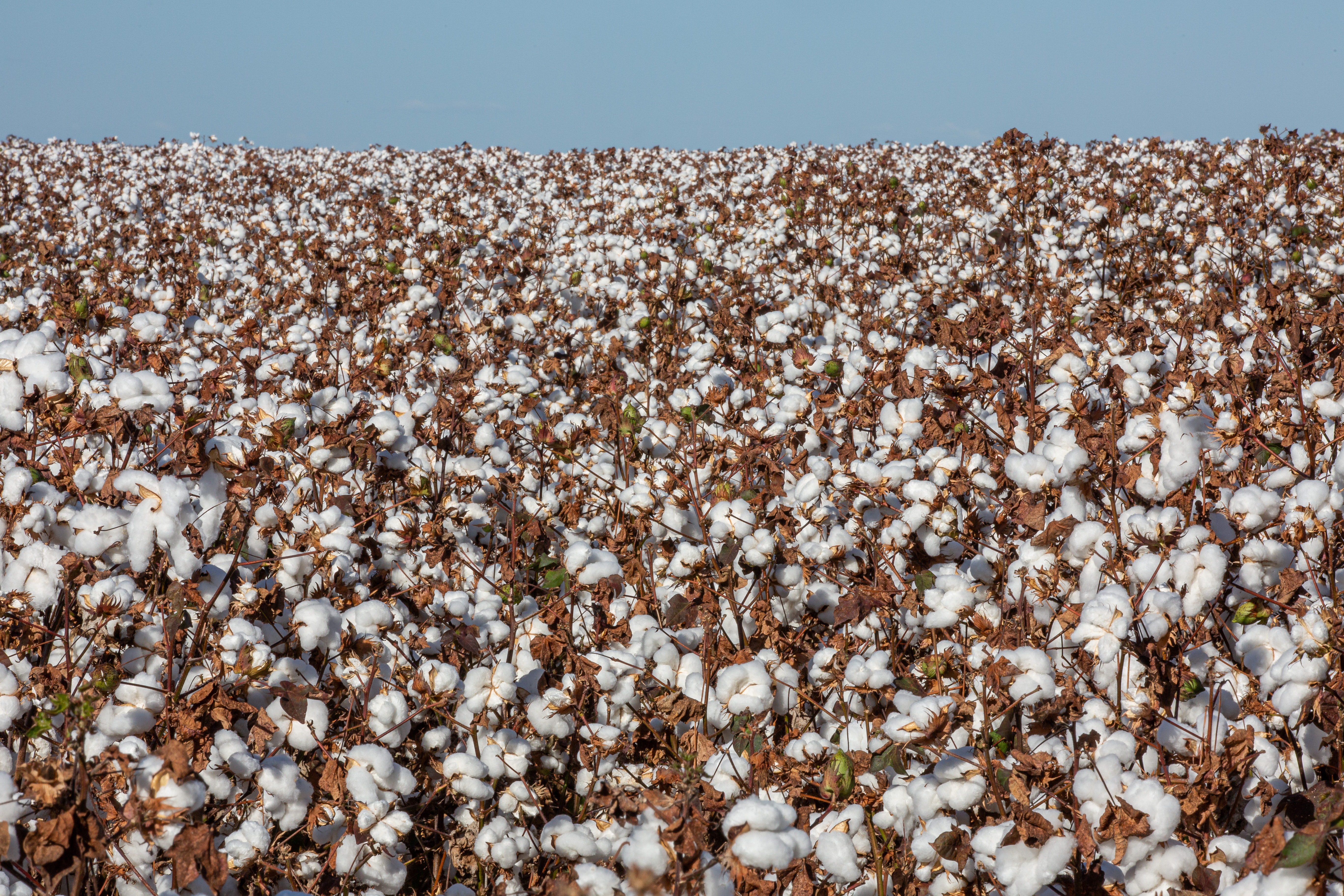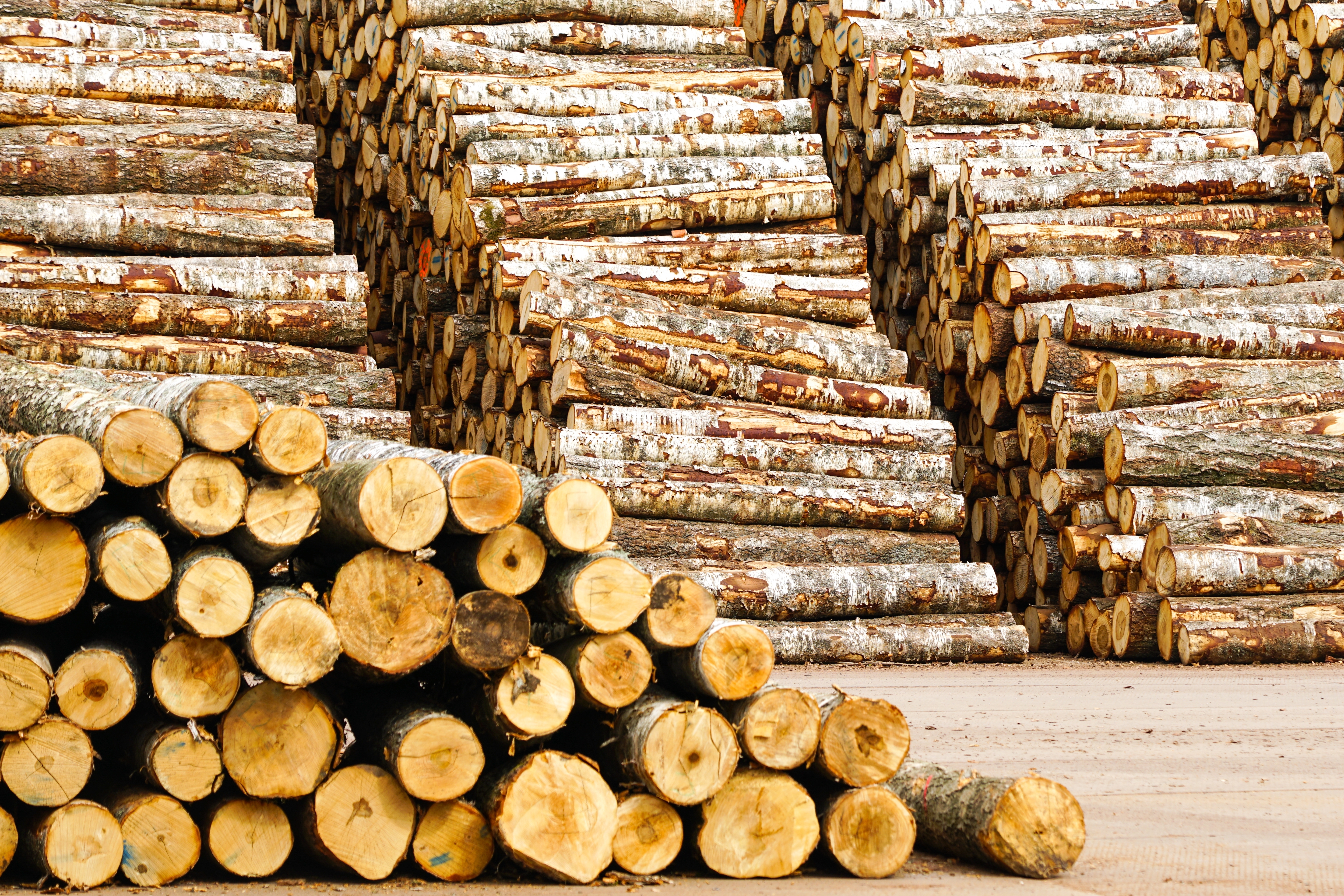
Guatemalan Army squad patrol the Usumacinta River near Benemérito de Las Américas
Protected areas within the vast Lacandon Jungle, which
straddles the border of Mexico and Guatemala, are increasingly under threat
from illegal cattle ranching, according to an
investigation by Mongabay Latam.
The Lacandon Jungle lost 1,420 square kilometers of forest
between 2000 and 2012, or six percent of the total forest area lost in Mexico
during that period, according to a study by the NGO Natura Mexicana.
Adrián Méndez, a regional director for the National
Commission of Natural Protected Areas, told Mongabay that cattle ranching was
the main driver of forest loss and described it as an “enemy to be defeated”.
He said that herds in Mexico were being swelled by cattle smuggled in illegally
from Guatemala.
In a 2016 report, the Mexican Army said it had carried out a
four-month investigation that showed livestock were crossing the porous border
without any health inspections being done. The report also shed light on drug
trafficking that makes use of the infrastructure already in place to facilitate
the cattle smuggling.
The eight protected areas within the Lacandon Jungle,
including the Montes Azules Biosphere Reserve, are increasingly threatened by
both ranching and human settlements.
Natura Mexicana, which has a research station in Montes
Azules, told Mongabay that deforestation in protected areas typically starts at
the edges and works its way inward. This is the case in the Lacandon Jungle,
where more than 200,000 people now live and which the NGO describes as
effectively “a rural area with numerous settlements and small, dispersed
towns.”
Booming cattle-ranching in Mexico is being driven in part by
growing beef exports. Analysis of trade data by Earthsight shows that beef
exports have nearly doubled in the last five years, driven mostly by increased shipments
to the USA. 180,000 tonnes was shipped to the US in 2017, 90 per cent of
Mexico’s total beef exports that year.



